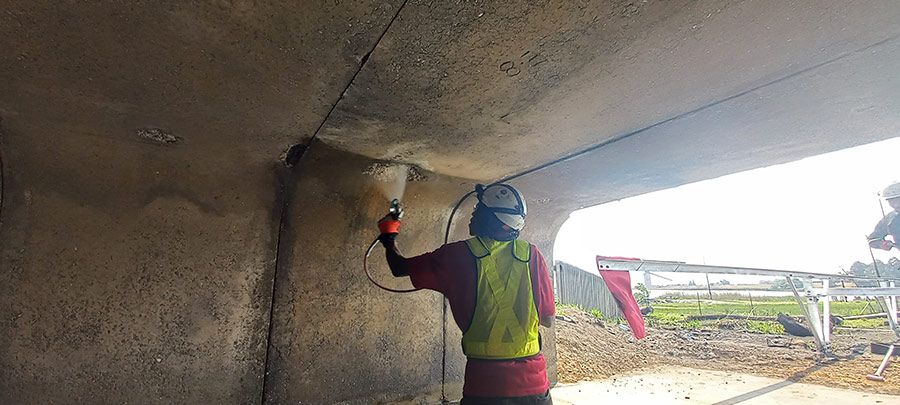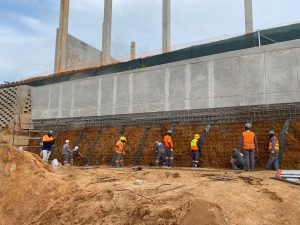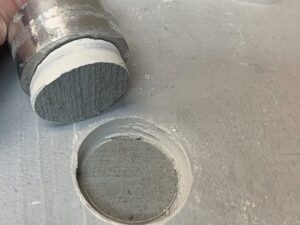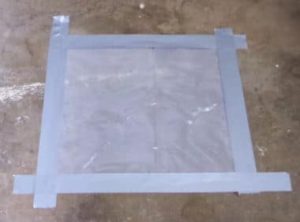By Carl White
SprayLock Concrete Protection’s (SCP) colloidal silica post-placement pozzolan (P3) technology improves concrete structural integrity.
Design professionals need to know that concrete will perform as expected to ensure that the safety factors in their structural designs are reliable. Importantly, concrete performance also has a bearing on the overall lifecycle of structures.
The primary consideration of concrete in a structural system is its ability to function under designed load conditions. Yet, there are many other factors that also have a bearing on the ability of concrete structures to endure. In addition to load, concrete needs to resist the effects of outside influences that also impede its performance. This is where SCP technologies play an important role in improving the structural integrity of concrete.
Colloidal silica closes capillary channels
Colloidal silica post-placement pozzolan (P3) closes capillary bleed-water channels and pore spaces with reaction products. These are more stable forms of the naturally occurring reaction products already found in concrete. Essentially, SCP products fill the voids in concrete with more concrete.
This simple action reduces chloride penetration, abrasion and sulphate attack. It also reduces water permeability and drying shrinkage of concrete when used at time of placement.
Colloidal silica post-placement pozzolan (P3) can also help with the purging of contaminates from existing concrete structures.
Colloidal silica improves concrete compressive strength
In these ways, SCP products improve concrete compressive strength. This provides designers with additional confidence that their designs will perform as intended, ensuring the structural integrity and durability of concrete structures.
Carl White is Managing Director of Spraylock Africa






